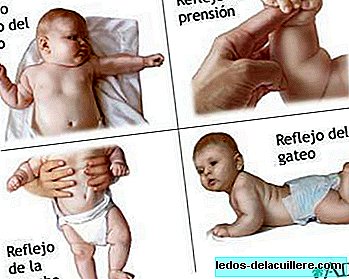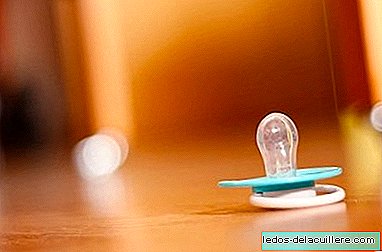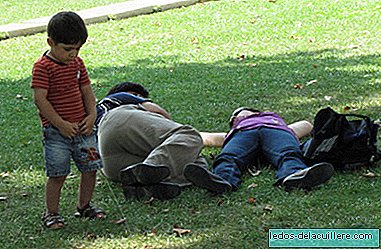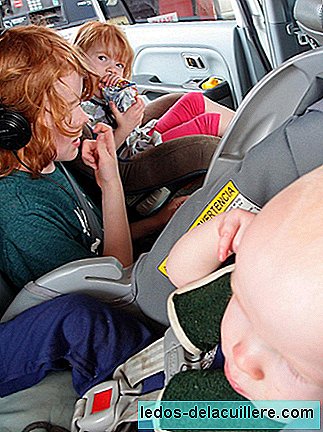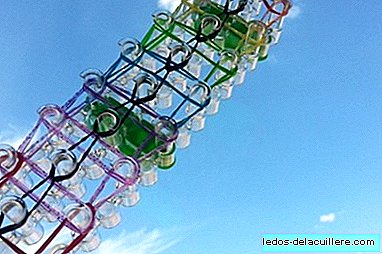
The heel test is performed on the baby a few days after birth to detect some congenital diseases early. In some autonomous communities it is already done, and starting tomorrow the heel test will also detect cystic fibrosis in the Basque Country.
It consists of a test that is performed on the baby at 48 hours of birth and then between the fourth and eighth day of life. It is a puncture that is made in the heel to extract a few drops of blood that are impregnated in some strips of paper that serve to perform the clinical tests of early detection of congenital metabolic diseases that cause mental retardation such as hypothyroidism and phenylketonuria.
In some Spanish communities, in addition to these two diseases, the heel test serves to rule out other abnormalities such as congenital adrenal hyperplasia and cystic fibrosis, which can now be detected in babies born in the Basque Country.
Cystic fibrosis is the most common and serious inherited disease in the white race. It is a chronic and degenerative disease that mainly affects the lungs and digestive system, to put it in a summarized way.
Surely, over time the heel test will be used to detect more congenital diseases in babies, and it is appreciated because a diagnosis in time is key.
But I wonder why a test that is simple, reliable and safe is not widespread throughout Spain to be able to detect the greatest number of diseases in all babies. It would be interesting if the detection of cystic fibrosis with the heel test was extended to the rest of the autonomous communities where it has not been carried out so far.


